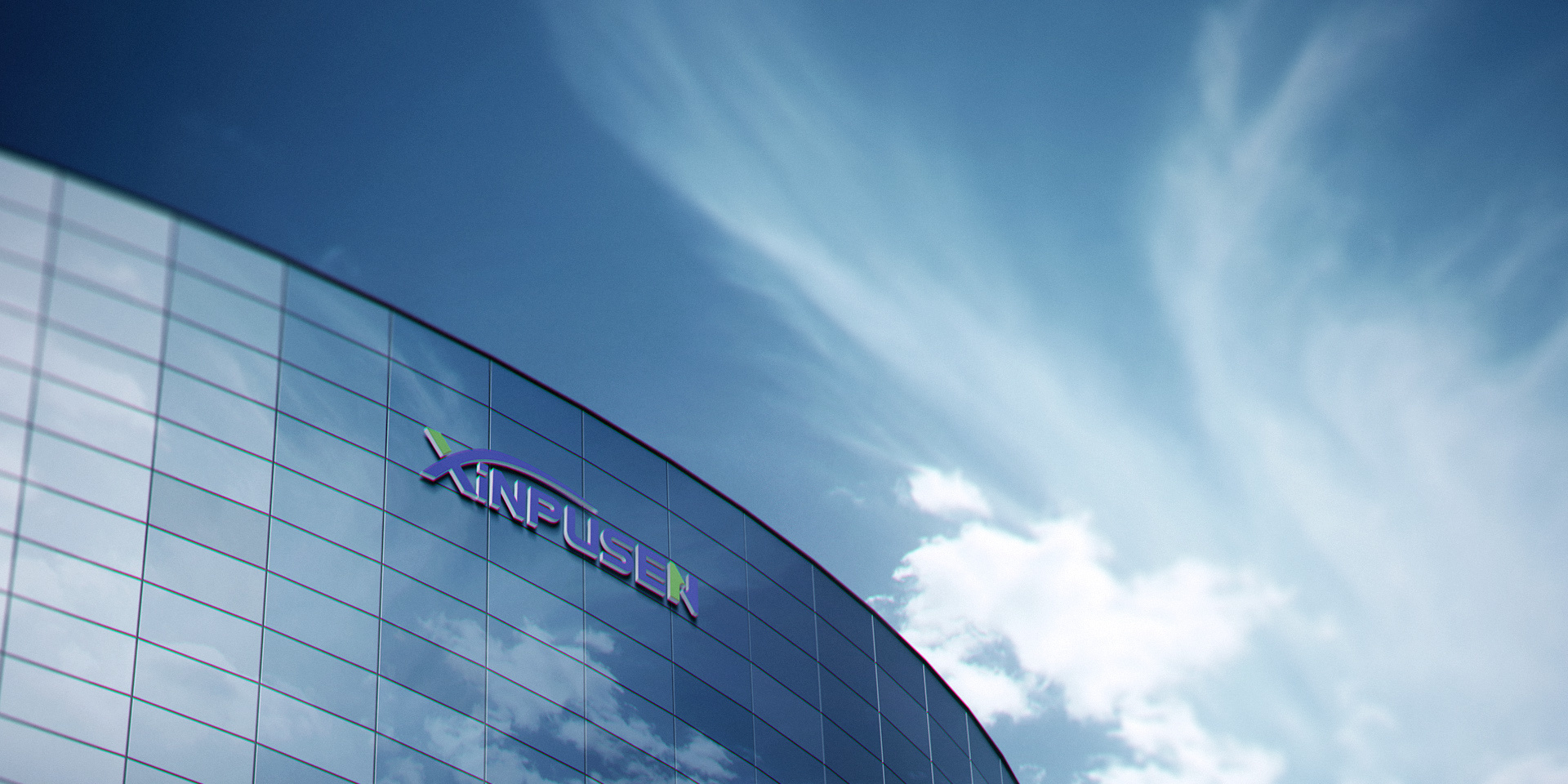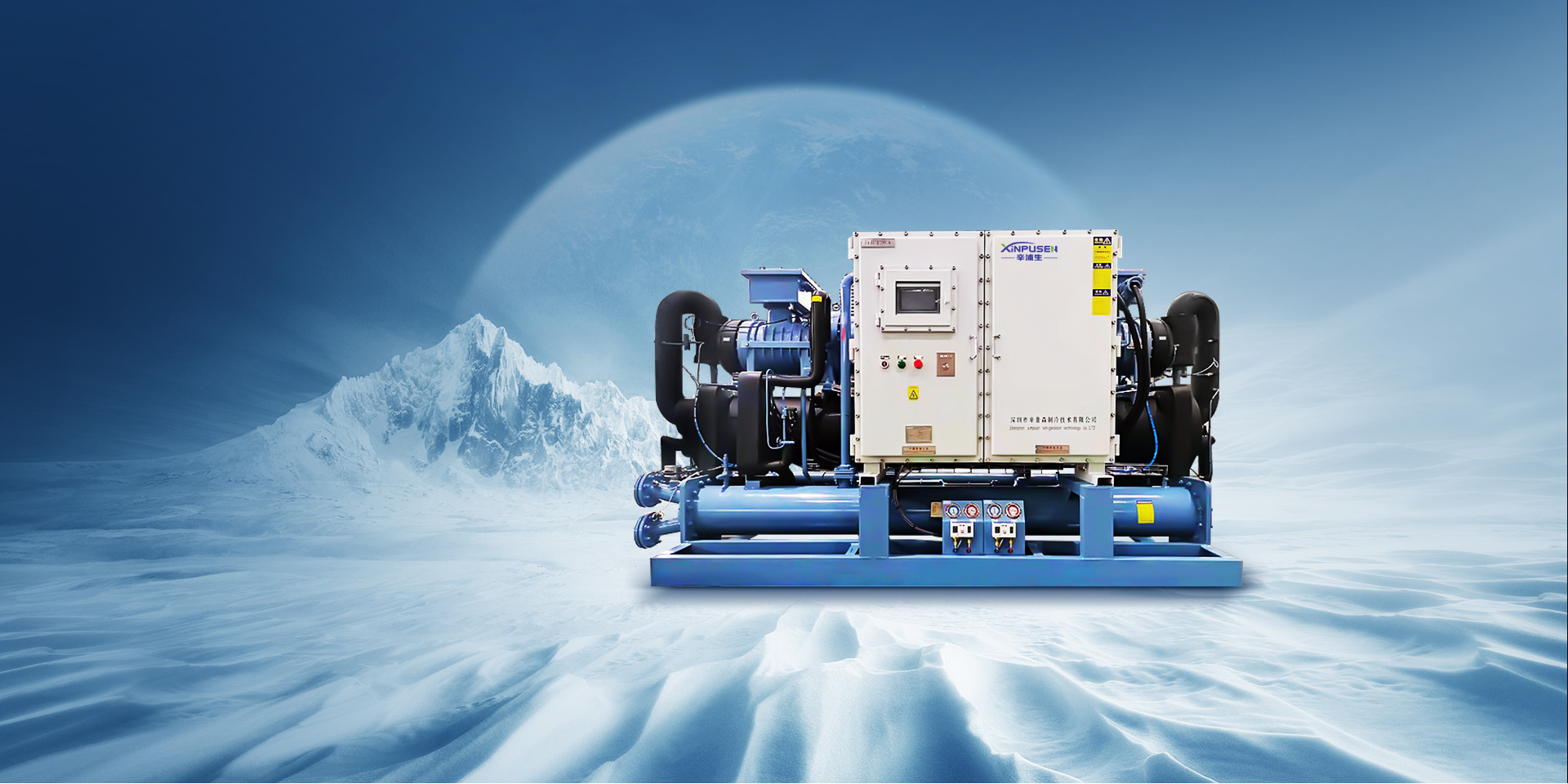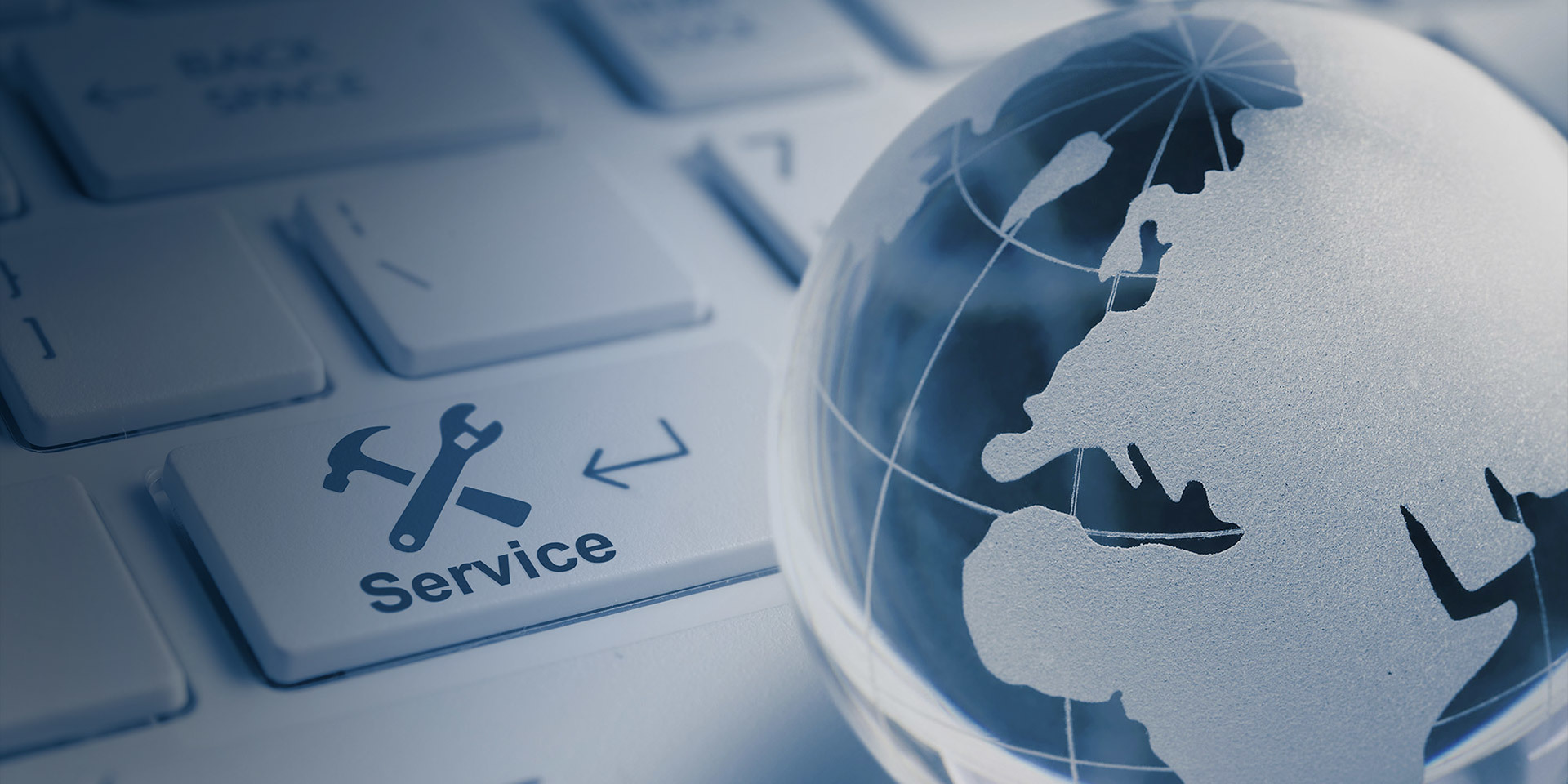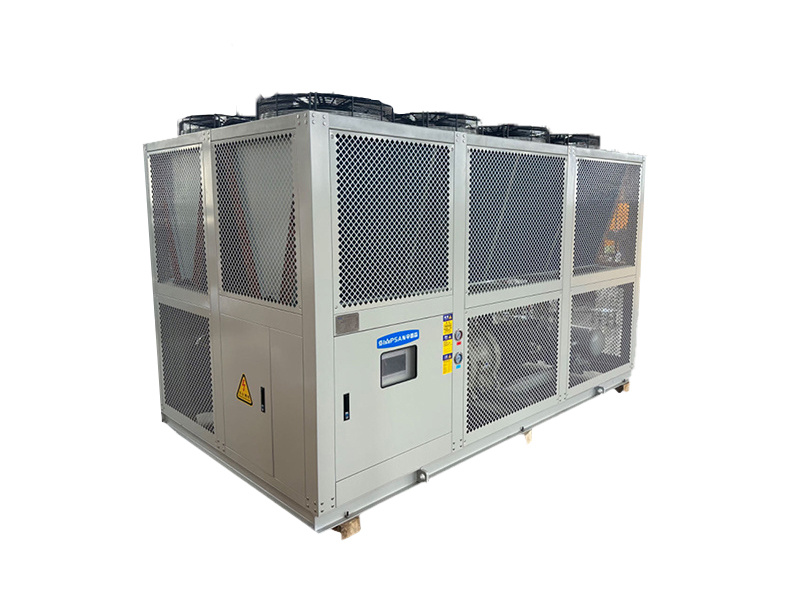The Future of Cooling: Exploring the Water-Cooled Magnetic Levitation Chiller
2025-07-04 14:00
---
Water-cooled magnetic levitation chillers represent a cutting-edge advancement in cooling technology, combining efficiency and innovative design to meet the demanding needs of various industrial applications. These chillers utilize magnetic levitation (maglev) technology, which eliminates the need for mechanical bearings, resulting in reduced friction and wear over time. This not only enhances the durability of the system but also significantly lowers maintenance requirements.
One of the most compelling advantages of water-cooled magnetic levitation chillers is their efficient energy usage. By relying on water as the primary cooling medium, these chillers can achieve lower operational costs compared to traditional air-cooled systems. The magnetic levitation technology allows for higher efficiency rates and greater cooling capacities, making them especially suitable for large-scale operations that require substantial cooling output.
In operation, the water-cooled magnetic levitation chiller uses a closed-loop system where water absorbs heat from the environment or the process and carries it to the chiller. Inside the chiller, the refrigerant undergoes a phase change, absorbing heat and effectively cooling the water before it is circulated back into the system. This process not only maintains consistent temperatures but also enhances the overall system performance by reducing the impact of ambient temperature fluctuations.
Moreover, the use of magnetic levitation technology contributes to quieter operation. Traditional chillers often rely on noisy compressors and fans, which can be a significant drawback in settings where noise control is essential. Water-cooled magnetic levitation chillers operate with minimal noise, thereby improving the working environment in industrial settings such as manufacturing plants, data centers, and commercial buildings.
Sustainability is another key aspect of these chillers. As industries increasingly focus on reducing their carbon footprint, water-cooled magnetic levitation chillers stand out as a more eco-friendly option. Their high efficiency translates to lower energy consumption, which subsequently reduces greenhouse gas emissions associated with energy production. Additionally, many modern chillers are designed to use refrigerants with low global warming potential, further enhancing their environmental profile.
In conclusion, water-cooled magnetic levitation chillers exemplify the future of industrial cooling solutions. By integrating advanced technology with energy efficiency and sustainability, these chillers are well-suited to meet the evolving demands of various industries. As more organizations seek to optimize their cooling systems, understanding the benefits and functionalities of water-cooled magnetic levitation chillers will be crucial in making informed decisions about industrial refrigeration.
Water-cooled magnetic levitation chillers represent a cutting-edge advancement in cooling technology, combining efficiency and innovative design to meet the demanding needs of various industrial applications. These chillers utilize magnetic levitation (maglev) technology, which eliminates the need for mechanical bearings, resulting in reduced friction and wear over time. This not only enhances the durability of the system but also significantly lowers maintenance requirements.
One of the most compelling advantages of water-cooled magnetic levitation chillers is their efficient energy usage. By relying on water as the primary cooling medium, these chillers can achieve lower operational costs compared to traditional air-cooled systems. The magnetic levitation technology allows for higher efficiency rates and greater cooling capacities, making them especially suitable for large-scale operations that require substantial cooling output.
In operation, the water-cooled magnetic levitation chiller uses a closed-loop system where water absorbs heat from the environment or the process and carries it to the chiller. Inside the chiller, the refrigerant undergoes a phase change, absorbing heat and effectively cooling the water before it is circulated back into the system. This process not only maintains consistent temperatures but also enhances the overall system performance by reducing the impact of ambient temperature fluctuations.
Moreover, the use of magnetic levitation technology contributes to quieter operation. Traditional chillers often rely on noisy compressors and fans, which can be a significant drawback in settings where noise control is essential. Water-cooled magnetic levitation chillers operate with minimal noise, thereby improving the working environment in industrial settings such as manufacturing plants, data centers, and commercial buildings.
Sustainability is another key aspect of these chillers. As industries increasingly focus on reducing their carbon footprint, water-cooled magnetic levitation chillers stand out as a more eco-friendly option. Their high efficiency translates to lower energy consumption, which subsequently reduces greenhouse gas emissions associated with energy production. Additionally, many modern chillers are designed to use refrigerants with low global warming potential, further enhancing their environmental profile.
In conclusion, water-cooled magnetic levitation chillers exemplify the future of industrial cooling solutions. By integrating advanced technology with energy efficiency and sustainability, these chillers are well-suited to meet the evolving demands of various industries. As more organizations seek to optimize their cooling systems, understanding the benefits and functionalities of water-cooled magnetic levitation chillers will be crucial in making informed decisions about industrial refrigeration.
Previous: How Water-Cooled Magnetic Levitation Chillers Enhance Industrial Efficiency
More Information
2025-11-17
In the world of industrial equipment and components, maintaining optimal temperature control is crucial for the efficient operation of various processes, particularly in cooling applications. One of the key innovations in this area is the hot and cold integrated temperature control unit. This advanced system combines heating and cooling functions into a single unit, ensuring precise temperature re
2025-11-10
How Ultra-Low Temperature Cascade Chillers Revolutionize Cooling Processes
How Ultra-Low Temperature Cascade Chillers Revolutionize Cooling Processes
In the constantly evolving landscape of industrial cooling technologies, **ultra-low temperature cascade chillers** have emerged as pivotal solutions for various sectors, including pharmaceuticals, chemical processing, and food and beverage industries. These advanced chillers not only deliver efficient cooling but also pr
2025-11-03
Understanding Ultra-Low Temperature Cascade Chillers: A Comprehensive Guide
Ultra-low temperature cascade chillers are specialized cooling systems designed to achieve and maintain extremely low temperatures, often well below the freezing point of water. These systems are critical in various industrial applications, including scientific research, pharmaceuticals, and certain manufacturing processes. Understanding how these chillers work and their benefits can help industri
2025-10-27
Unlocking the Benefits of Ultra-Low Temperature Cascade Chillers in Industry
Unlocking the Benefits of Ultra-Low Temperature Cascade Chillers in Industry
Introduction to Ultra-Low Temperature Cascade Chillers
In the realm of industrial refrigeration, **ultra-low temperature cascade chillers** are transforming how businesses manage temperature-sensitive processes. These advanced cooling systems are not merely a trend; they represent a significant shift in how industries t
2025-11-17
In the world of industrial equipment and components, maintaining optimal temperature control is crucial for the efficient operation of various processes, particularly in cooling applications. One of the key innovations in this area is the hot and cold integrated temperature control unit. This advanced system combines heating and cooling functions into a single unit, ensuring precise temperature re









 CN
CN EN
EN



